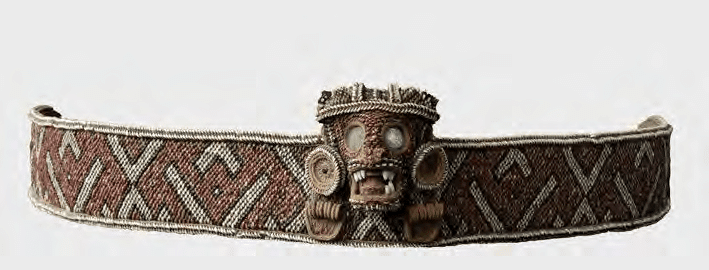Although we have read snippets of Richard Hill's letters about his travels in Haiti in 1830-1831, reading the published letters in toto shed much light on Haiti in the Boyer years. Published in Haïti, ou, Renseignemens authentiques sur l'abolition de l'esclavage et ses résultats a Saint-Domingue et a la Guadeloupe, : avec des détails sur l'état actuel d'Haiti et des noirs émancipés qui forment sa population. Traduit de l'anglais by Zachary Macaulay, Hill's letters touch upon a number of important themes: African American immigration, rural conditions, labor on the estates and former plantations, the peculiarities of the hateros and Spanish-speaking part of the island, the negative impact of the indemnity to France and Haiti's economic fortunes. Since Hill was a Jamaican of mixed-race ancestry and traveled to Haiti on the behalf of abolitionism, one must keep in mind how this bias shaped his perceptions of Haiti.
For instance, nearly everywhere he went, Hill was full of praise for the respectful attitudes of cultivateurs, he praised the state of their gardens, and even praised the houses then under construction in Port-au-Prince, after the disastrous fire of 1822 which destroyed a large part of the capital. One must keep these biases in mind when comparing Hill to Charles Mackenzie, an earlier British traveler whose longer report on Haiti represented a more negative or pessimistic view of the Black Republic. Indeed, when one considers the contradictions of Mackenzie's Notes and his misleading portrayal of Haiti, Hill, despite his fulsome praise for the conditions of the island, seems more reliable. Of course, the truth was likely somewhere in the middle, with some of the negative traits of Haitian political and economic life outlined by Mackenzie being fair or more accurate than Hill's portrayal. One also truly wonders if the few prosperous estates in the Cul-de-Sac plain, such as that owned by Lacombe or Lerebours or Nau, really were as modern or efficient as the sugarcane plantations one could have seen in Jamaica. Similarly, the persistence of superstitions among the population, something not clearly understood by Hill yet witnessed by him, was presented as something which Catholic clergy sought to Christianize or redirect but surely was used by other foreigners to portray the Haitian population regression.
That said, Hill's letters about his travels across Haiti's West and North provinces (and part of today's Dominican Republic) paint an interesting portrait of the island. African American immigrants, for instance, were referenced in various parts of the island, usually in rural areas. The most successful ones were those who pooled their resources together, such as those living near Arcahaie, to become comfortable farmer. Sadly, the common complaint of the African Americans was the lack of schools for their children, but Hill's testimony does suggest that some of them were able to become landowners and relatively prosperous. Those in the urban areas, however, did not fare so well due to the lack of work. Unfortunately, Hill did not name any of these African Americans, but one wonders if these were among the ones who stayed permanently rather than returning to the US. We also lack information on relations between the African American farmers and their Haitian neighbors, a topic which could help us understand the impact of African Americans in the Haitian economy. Certainly, the introduction of smallpox and other diseases by the American immigrants may have soured relations between them and Haitians, although that One also wonders if some of these American immigrants were involved with Haiti's timber and dyewood industry, a sector of the economy that included many laborers and merchants who purchased trees from peasants and landholders from the center of the island for export from the ports like Gonaives.
Surprisingly, Hill also noted Amerindian or indigenous traits and influences in the island. These were, when noted, only present among the "Espagnols" or those from what was once the Spanish colony. The physical traits most obvious to Hill were their olive skin tone and straight, black hair. While these features could have also come about through the racial fusion of Spaniards and Africans over centuries, Hill also saw Indian traits in the pottery and utensils of the hateros. These Spanish-speaking rustics, whose customs differed from those from the Haitian part of the island, were more European in some regards. That said, Hill frequently noted the presence of "Indian" blood among what would be today considered Dominicans (or Haitians from the Centre Department areas like Hinche, Saint Michel de L' Atalaye and Lascahobas). Haitians, on the other hand, are either noirs or mulattoes, most falling in the former category (though Hill did note that marabous, sacatras and other dark-skinned people of mixed-race origin were common in Haiti). Despite some of the problematic assumptions on his part, and the large-scale movement of Haitians into the area of the former colonial border already evident by 1830, this indigenous legacy was still noticeable to Hill and was also observed by subsequent writers. Perhaps it was this feature of Haiti's central plateau and what is now the Dominican Republic that has led to some Haitians finding indigenous ancestry through DNA testing.


No comments:
Post a Comment